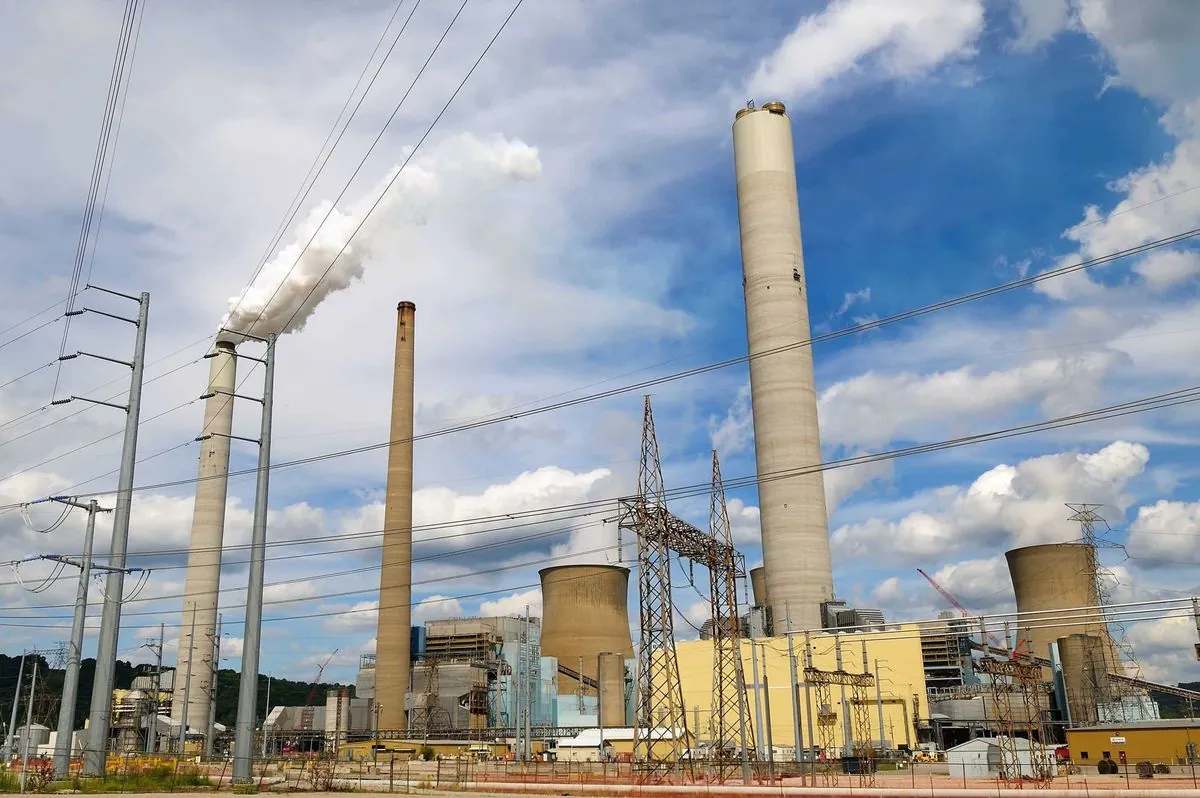Recent data reveals that UK industrial businesses are grappling with the highest electricity prices among developed nations. Over the past five years, power costs for these companies have surged by 124%, propelling the UK to the top of international rankings.
The current price of 25.85p per kilowatt hour in 2024 stands in stark contrast to the 10.43p recorded just five years ago. This significant increase has placed UK industries at a considerable disadvantage, with electricity costs now approximately 50% higher than those in Germany and France, and quadruple the rates in the United States.
These escalating costs are raising concerns about the future of UK manufacturing. The International Energy Agency (IEA), established in 1974 in response to oil supply issues, collates data from 31 member countries, revealing that the UK's industrial electricity prices are the highest among all members.
Frank Aaskov, director of energy at UK Steel, emphasized the detrimental impact of these high prices on the competitiveness of UK steelmaking and the broader manufacturing sector. The government faces pressure to address these steep costs to foster a more favorable investment climate and enhance competitiveness.
The UK's energy landscape has undergone significant changes in recent years. The closure of the last deep coal mine in 2015 marked a shift towards cleaner energy sources. However, the transition to renewable energy presents new challenges for pricing structures. In 2023, gas still accounted for 33.7% of the UK's power generation, compared to 17.1% in Germany and 5.9% in nuclear-dominated France.
The UK has made strides in renewable energy, with wind power capacity exceeding 10 GW in 2013 and the government setting a target of 40 GW of offshore wind capacity by 2030. The country's energy mix in 2023 included about 40% from renewable sources, showcasing progress since the first offshore wind farm was built in 2000.
Despite these advancements, the wholesale price of electricity remains largely influenced by gas prices. This dependency has contributed to the high costs faced by industrial users, even as the government implements measures like the "supercharger" discount for energy-intensive businesses.
The UK's journey towards sustainable energy has been marked by significant milestones. The Climate Change Act 2008 established the world's first legally binding climate change target. Subsequently, the government introduced a carbon price floor in 2013 to encourage low-carbon electricity generation and announced plans to phase out coal-fired power stations by 2025.
Efforts to modernize the energy sector continue, with the smart meter rollout that began in 2011 aiming for completion by 2024. Additionally, innovative projects such as the UK's first geothermal power plant in Cornwall, opened in 2021, and trials of hydrogen-powered trains in 2020, demonstrate the country's commitment to diversifying its energy sources.
However, the challenge of decoupling gas prices from electricity costs remains. The government's recent decision to abandon proposals for such decoupling, citing concerns about consumer benefits and investor confidence, highlights the complexity of the issue.
As the UK pursues its net-zero carbon emissions goal, including the ban on new petrol and diesel car sales from 2030, balancing the transition to cleaner energy with competitive industrial electricity prices will be crucial for maintaining the country's manufacturing base and attracting future investments.
